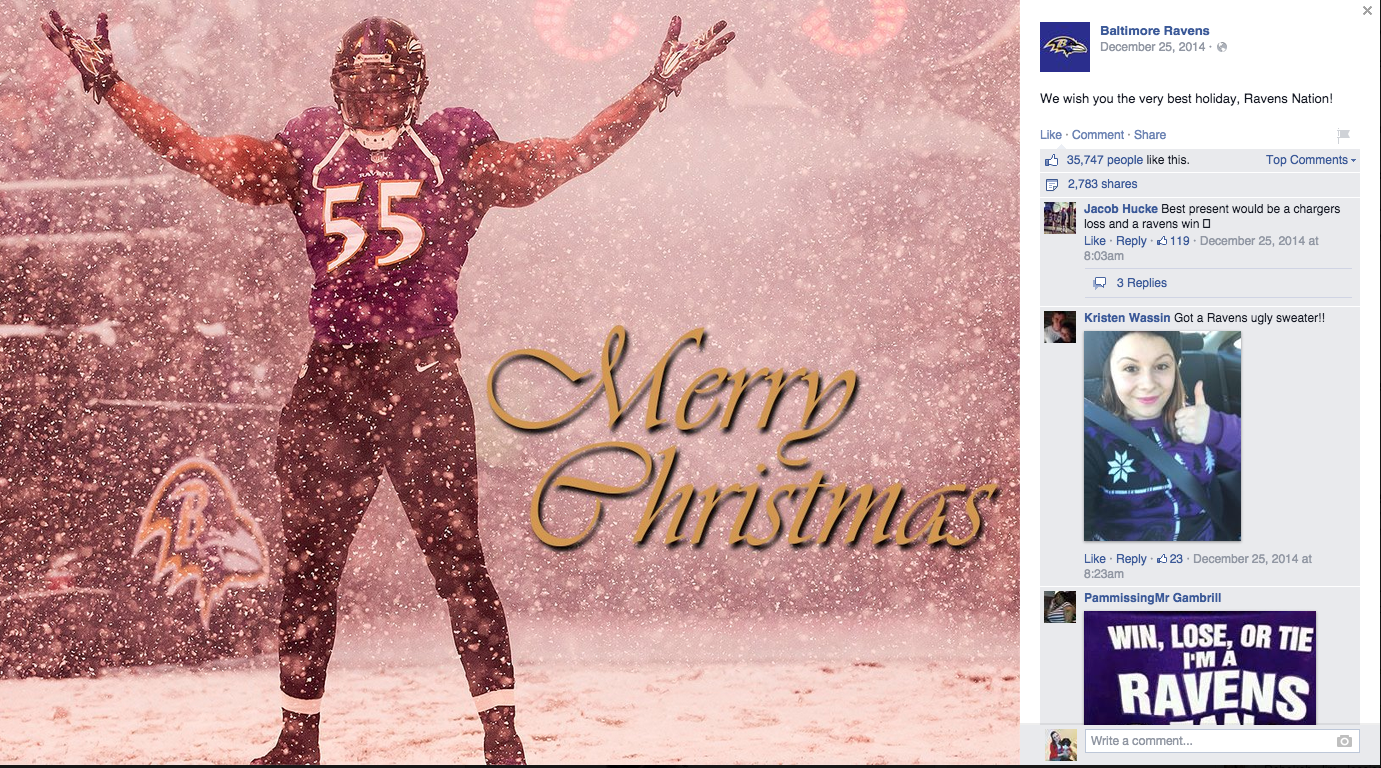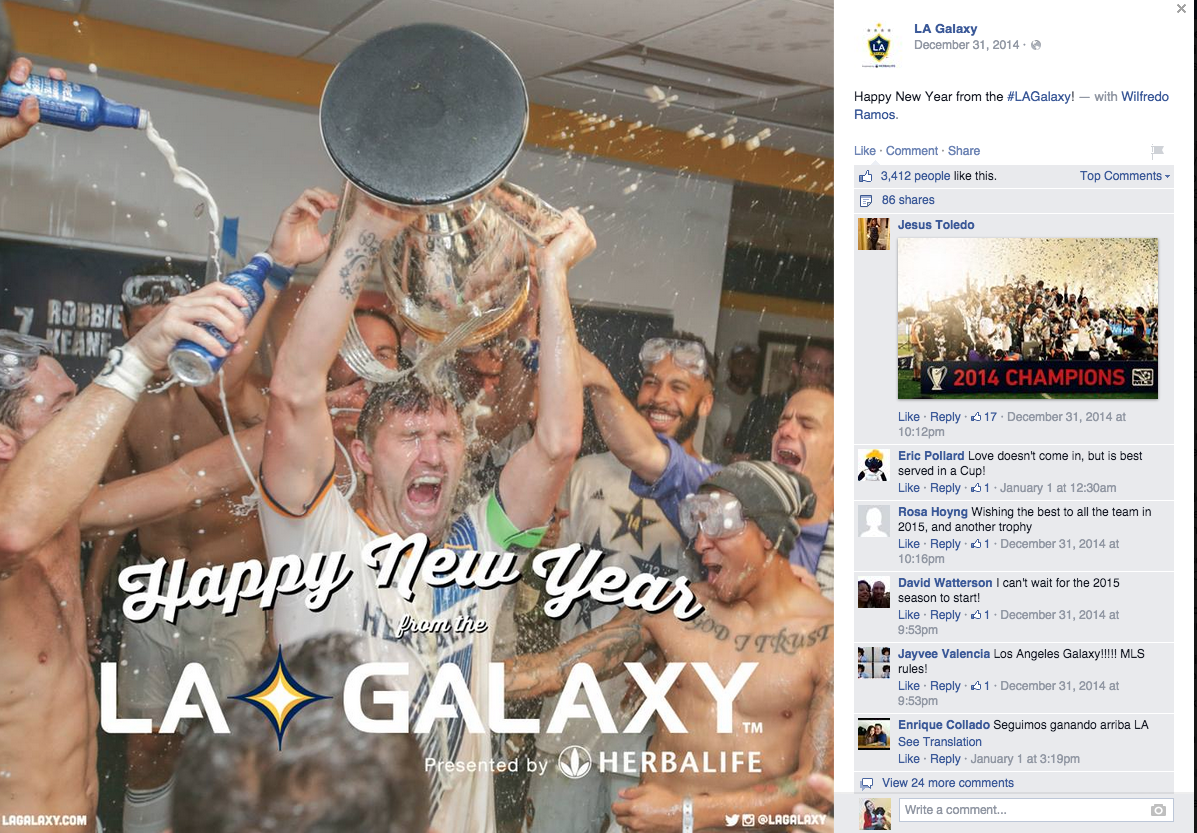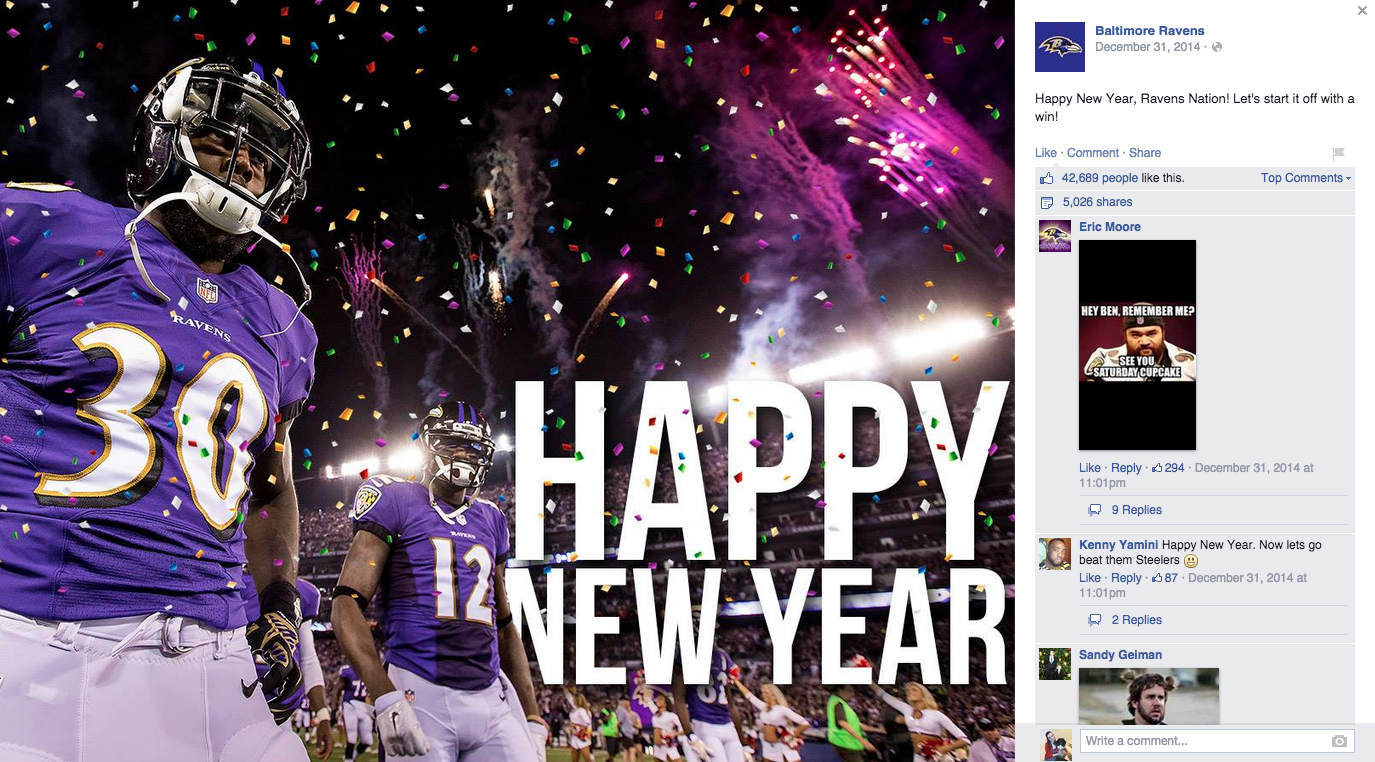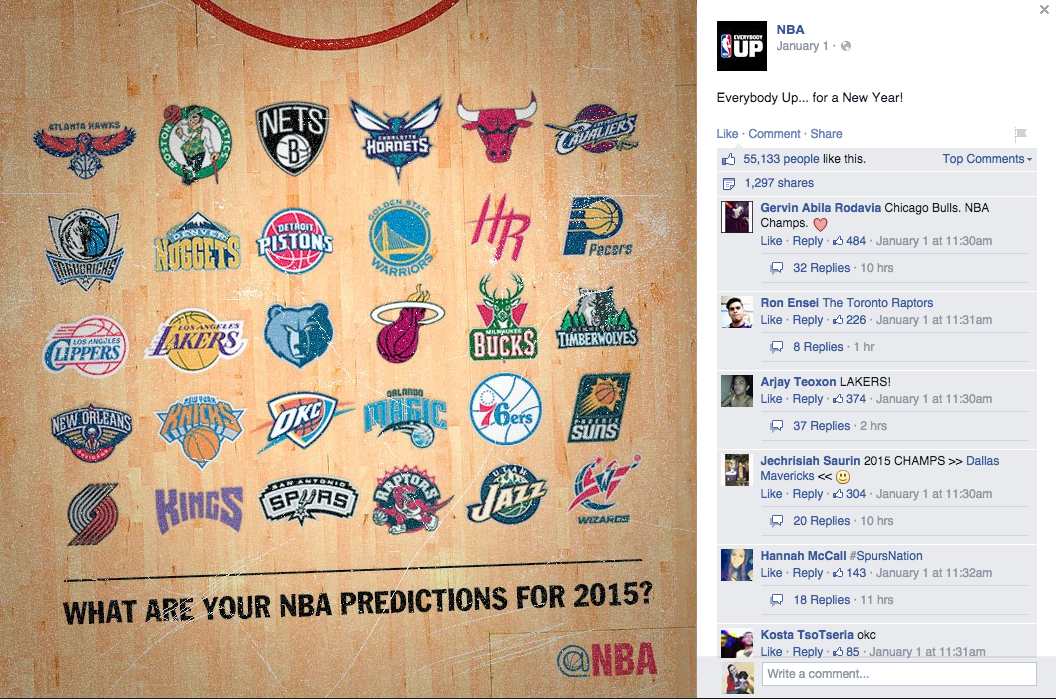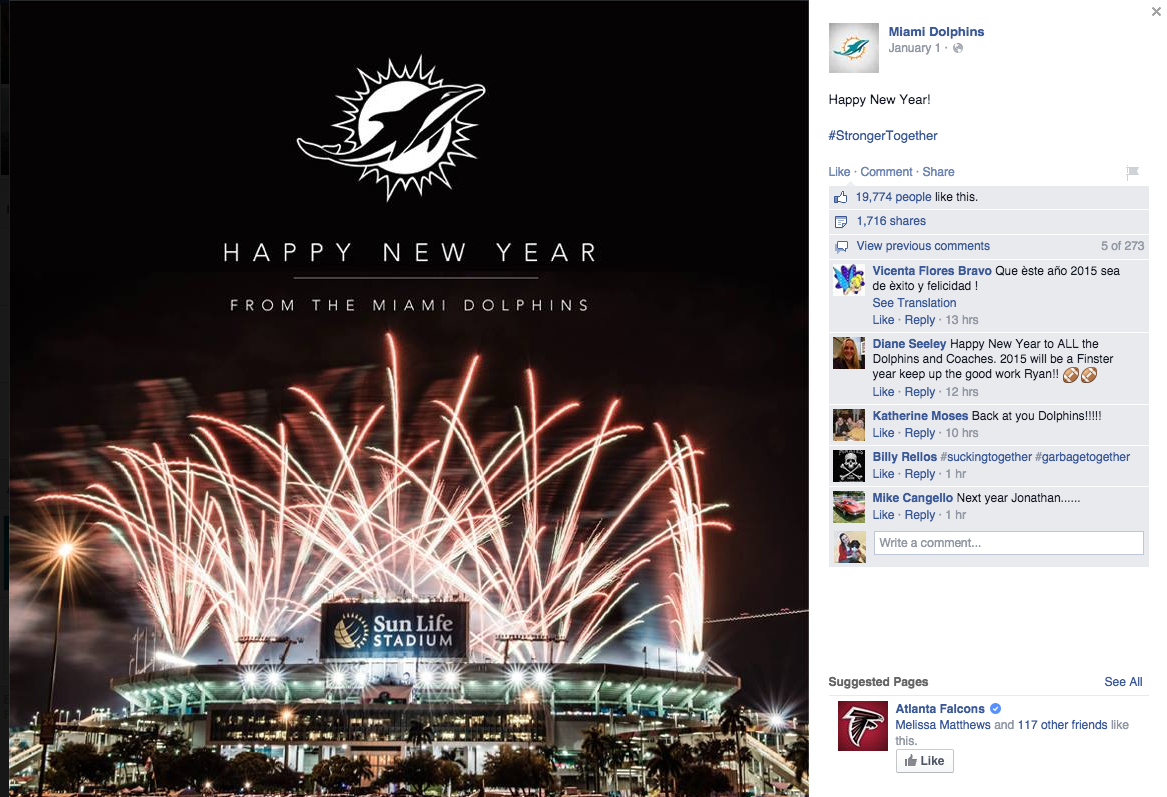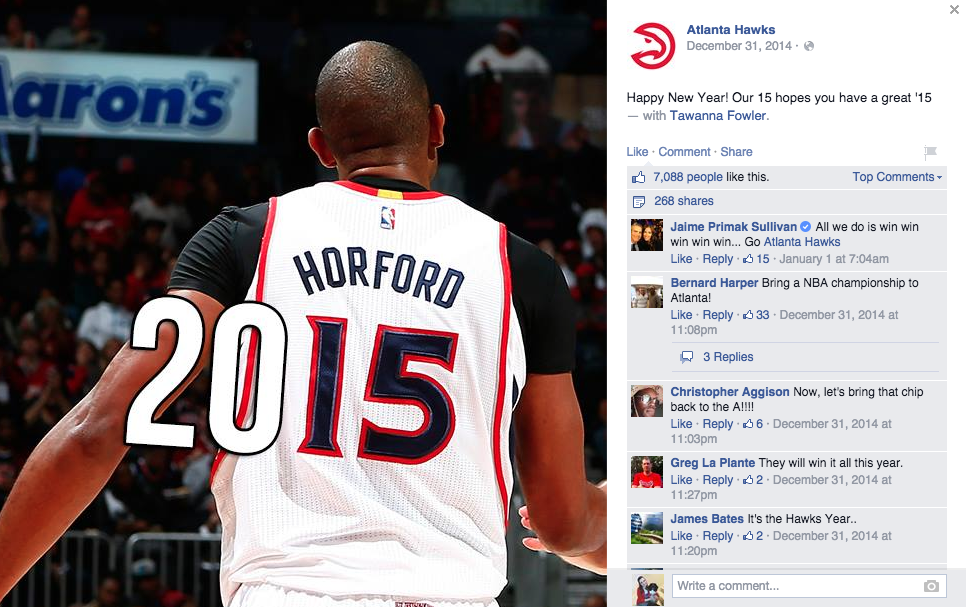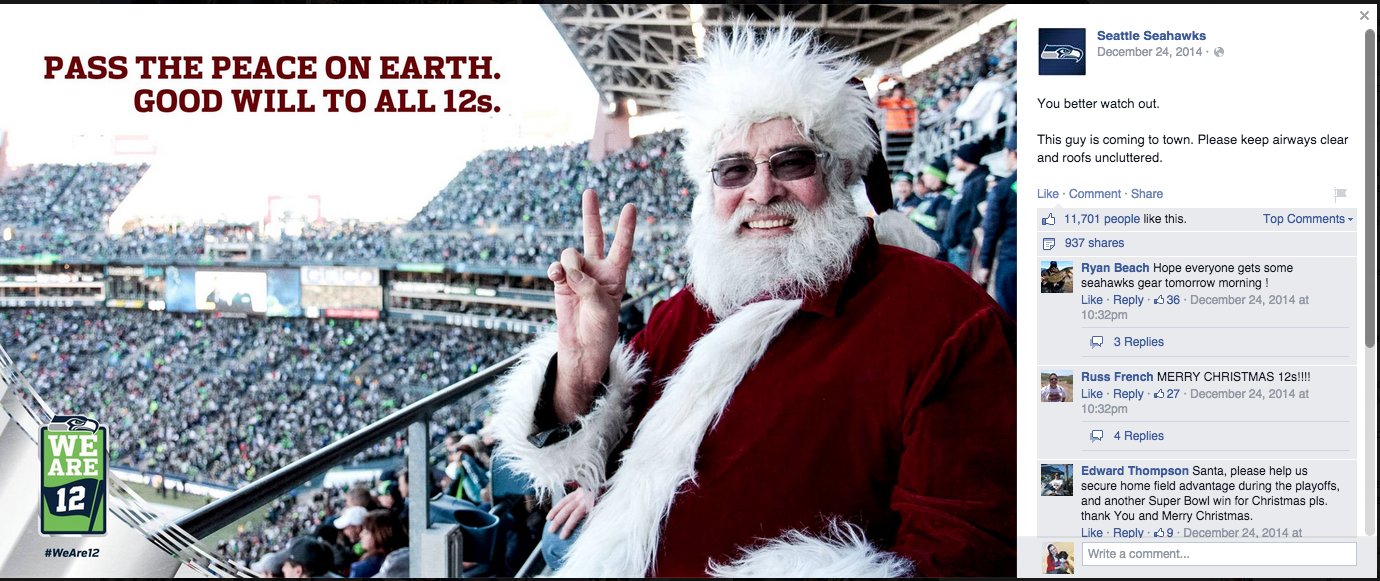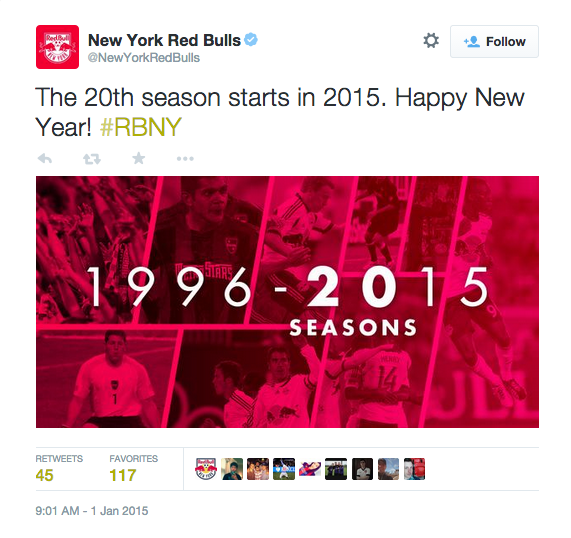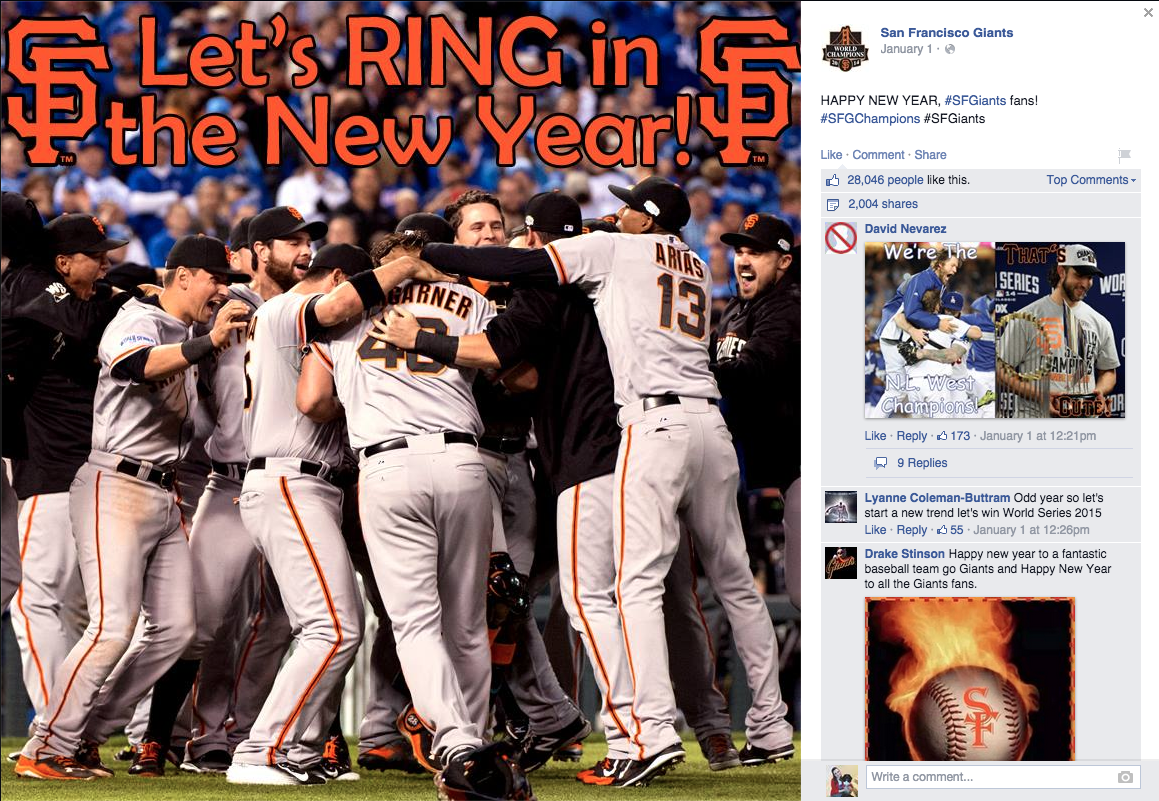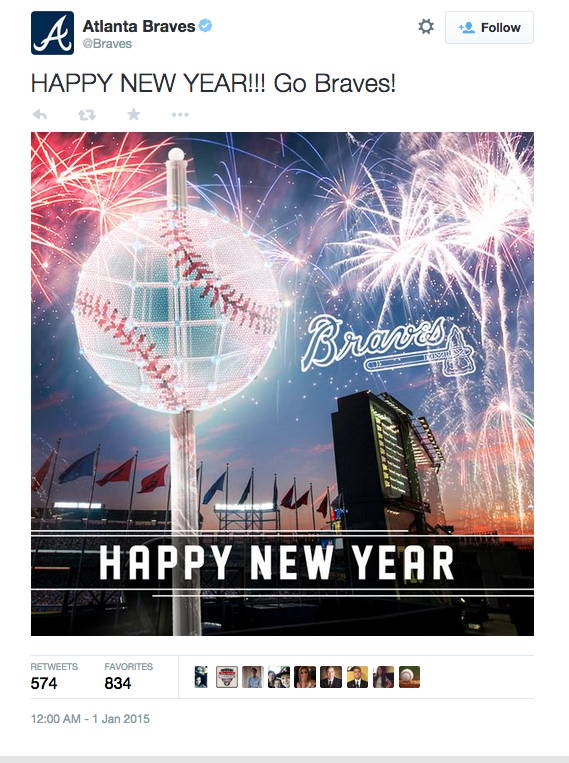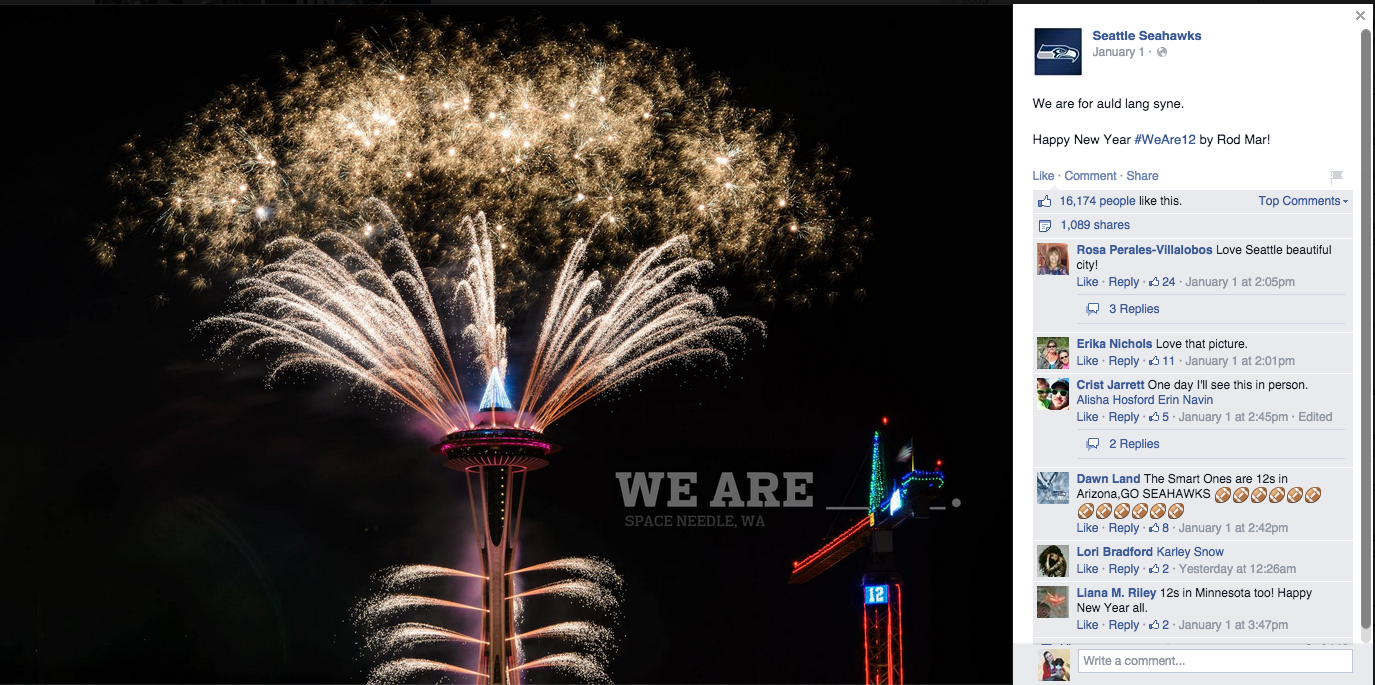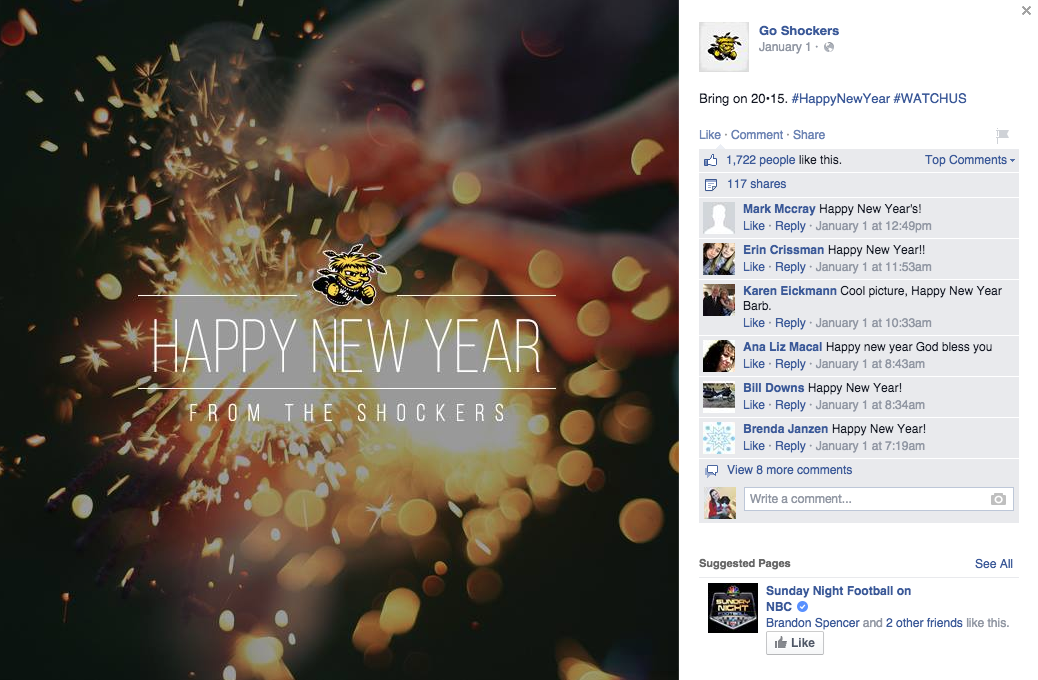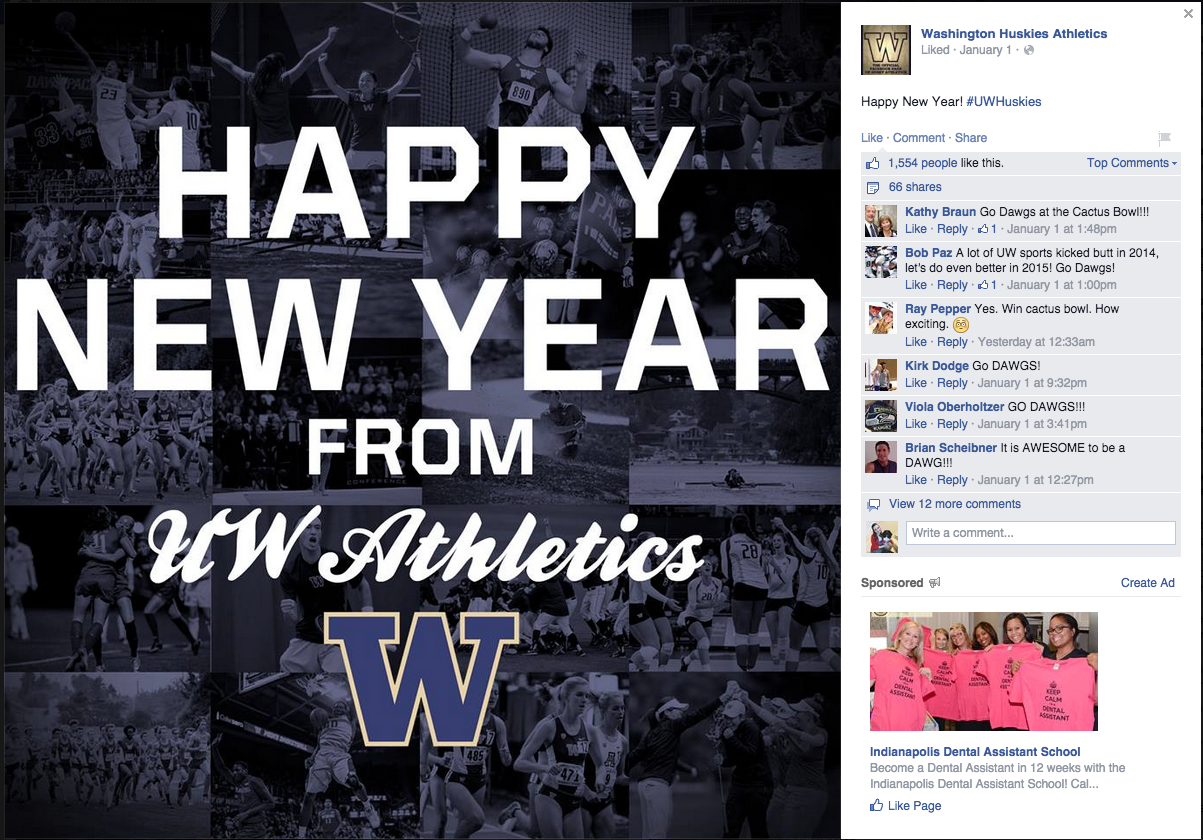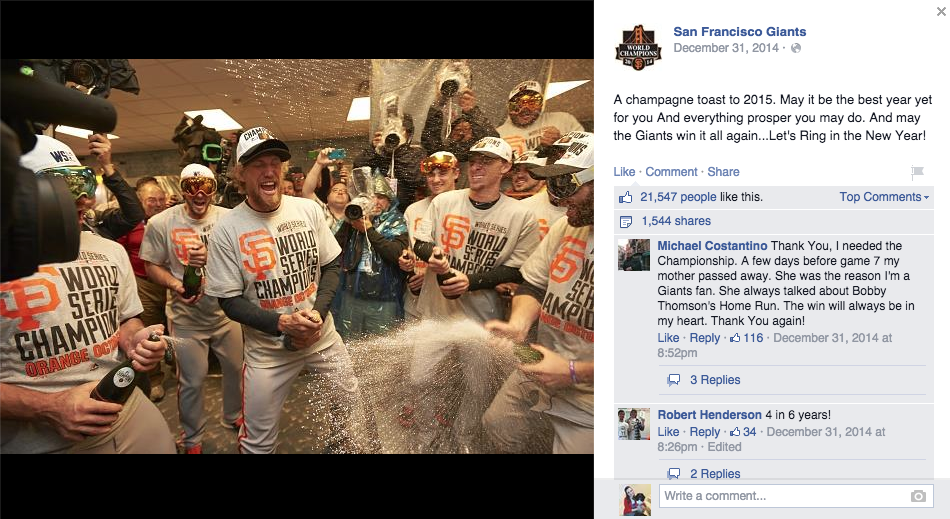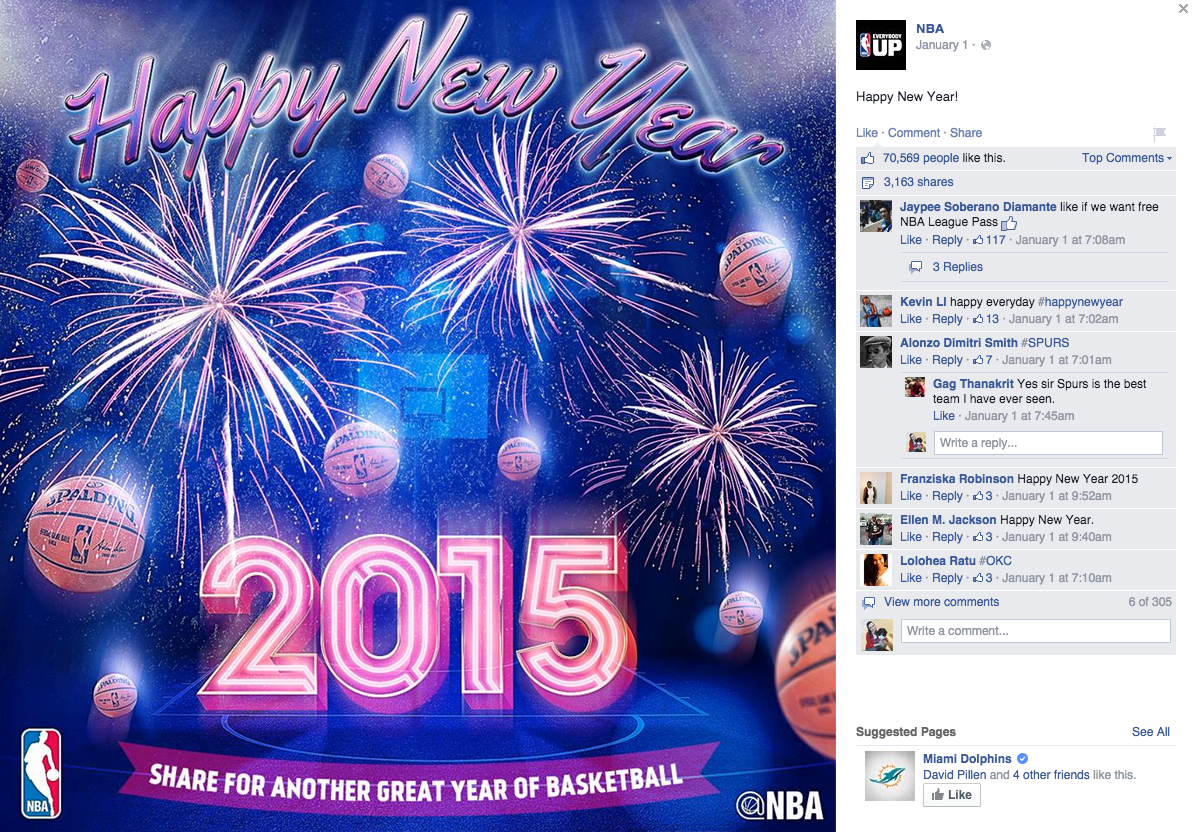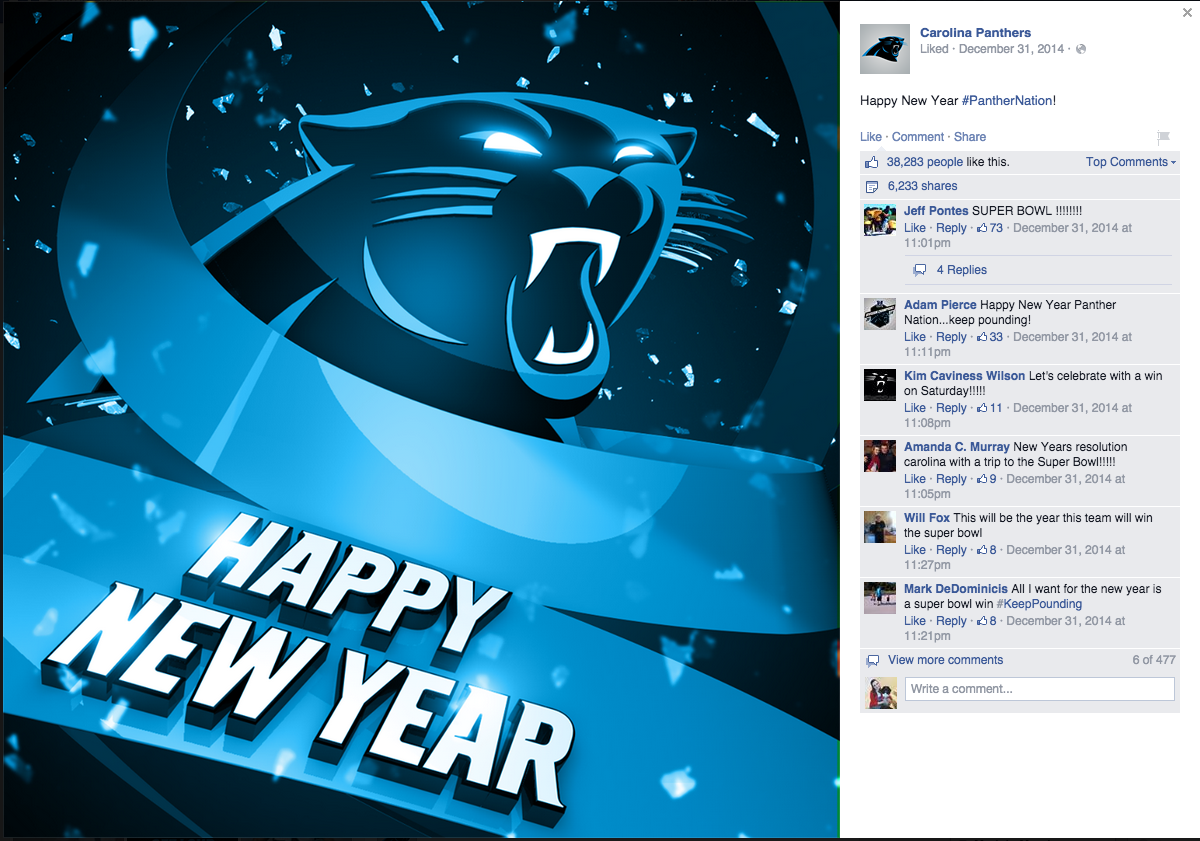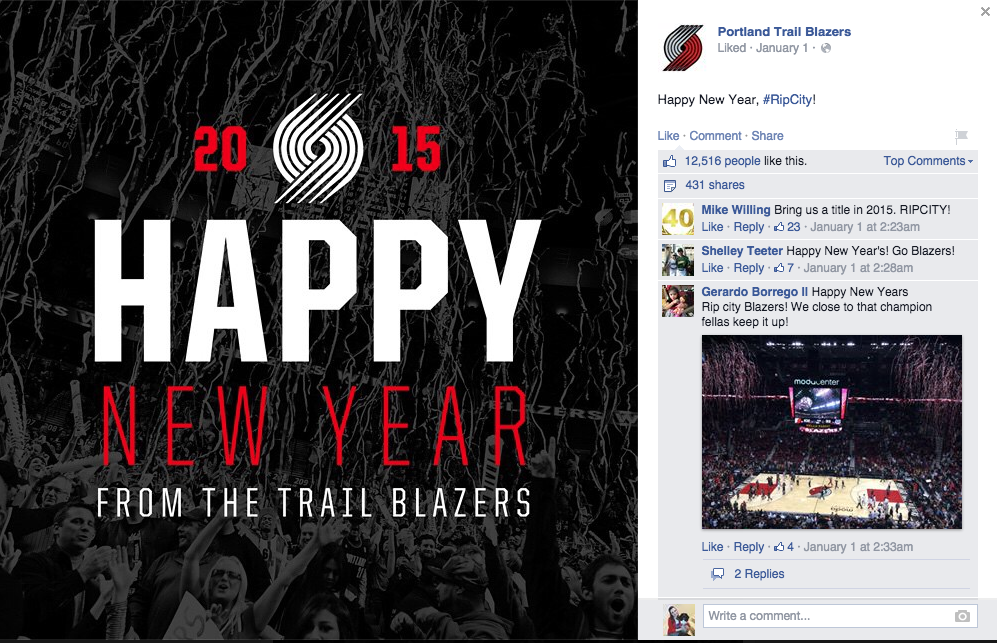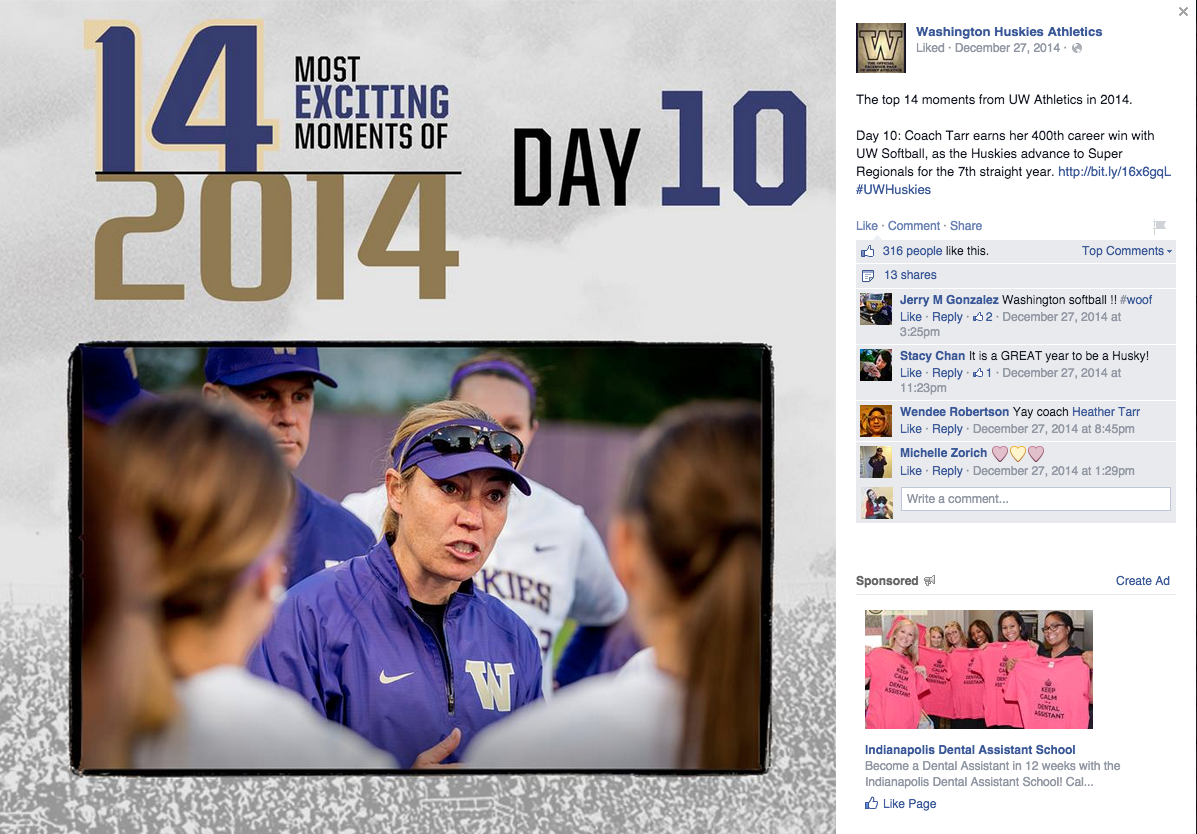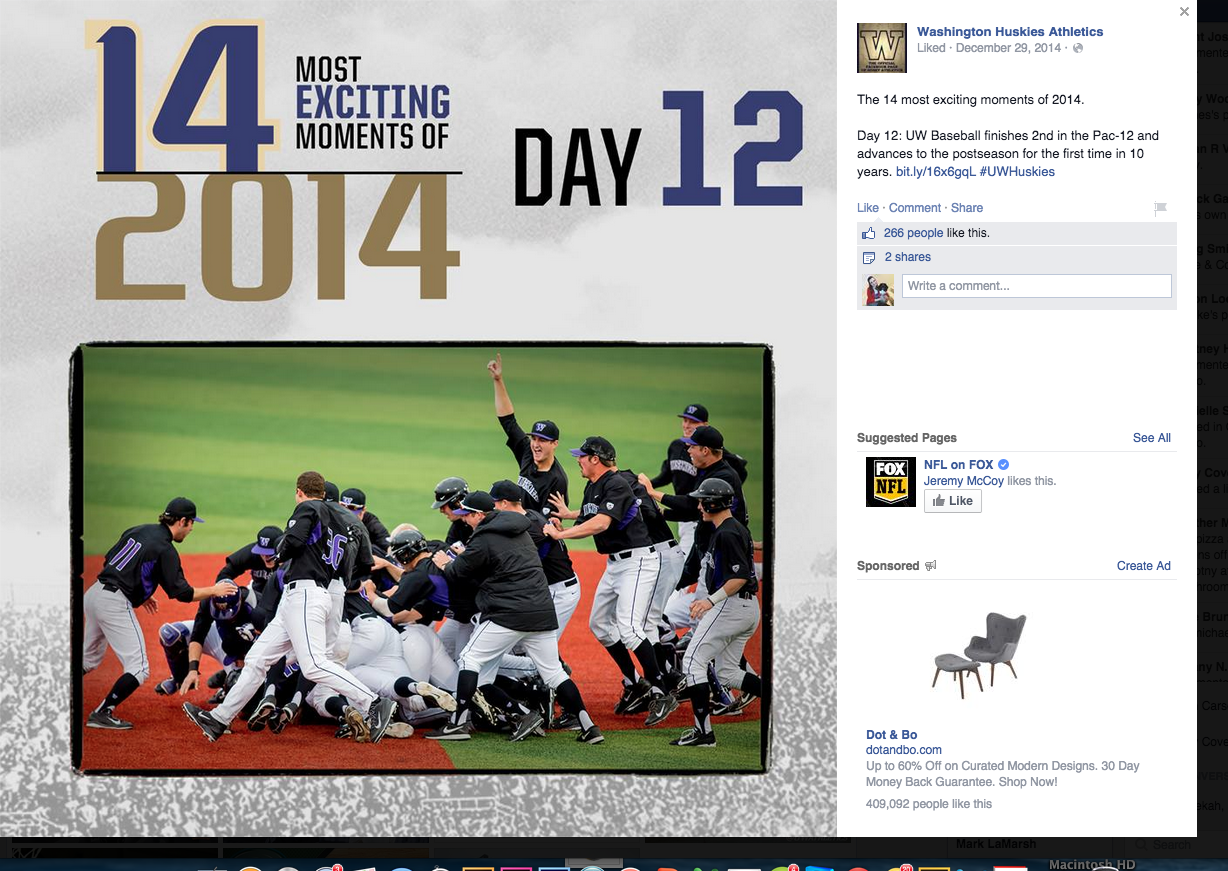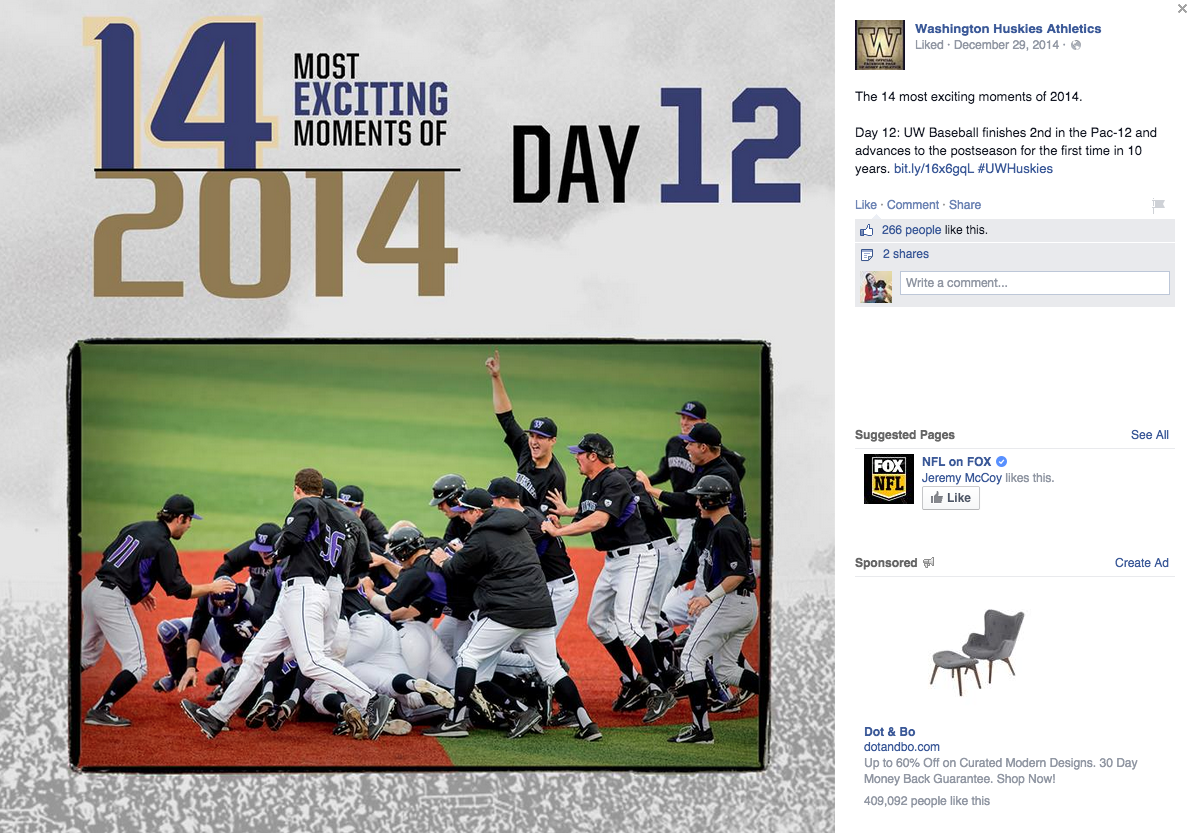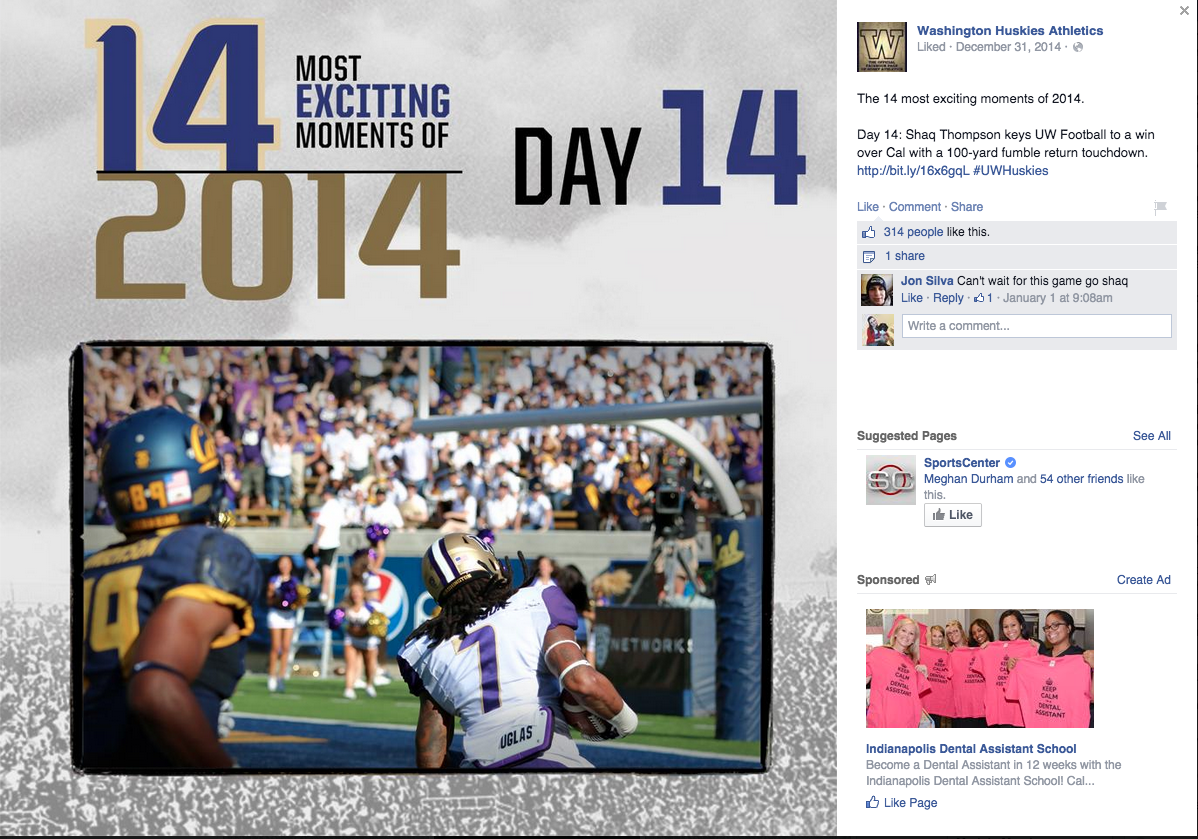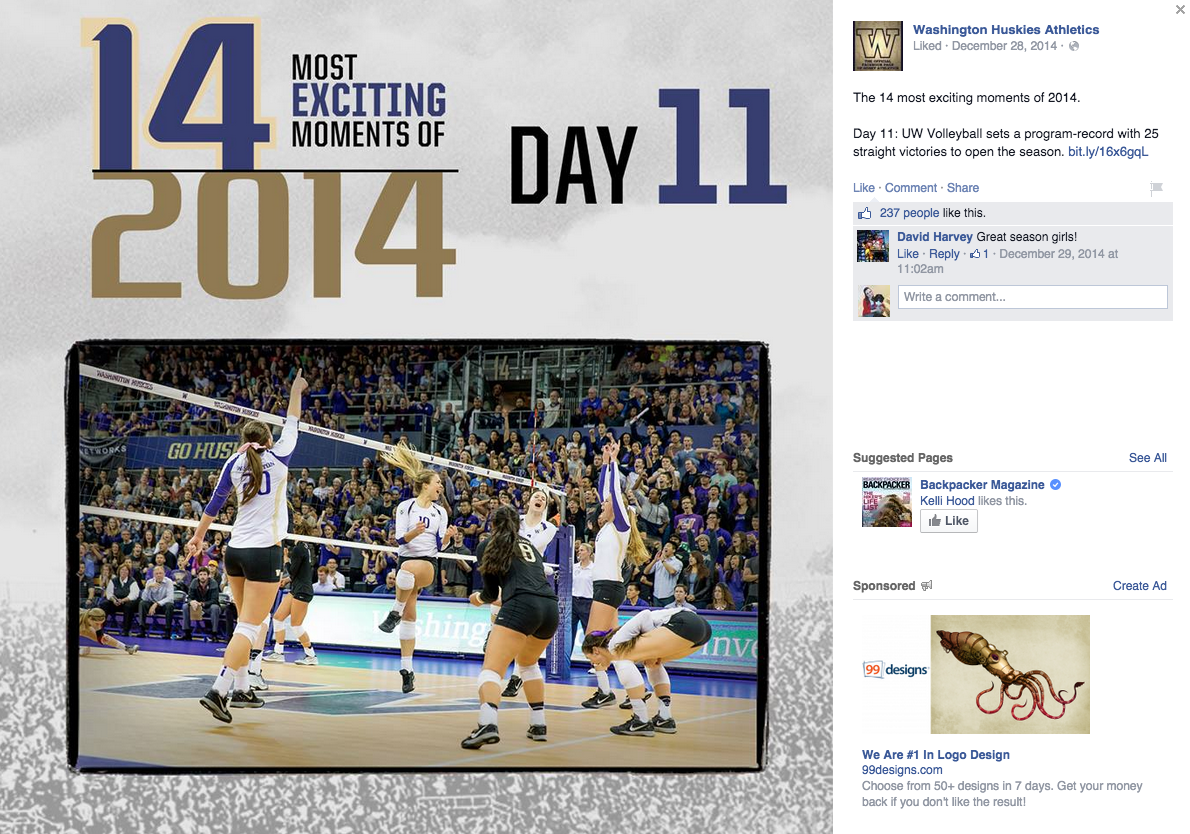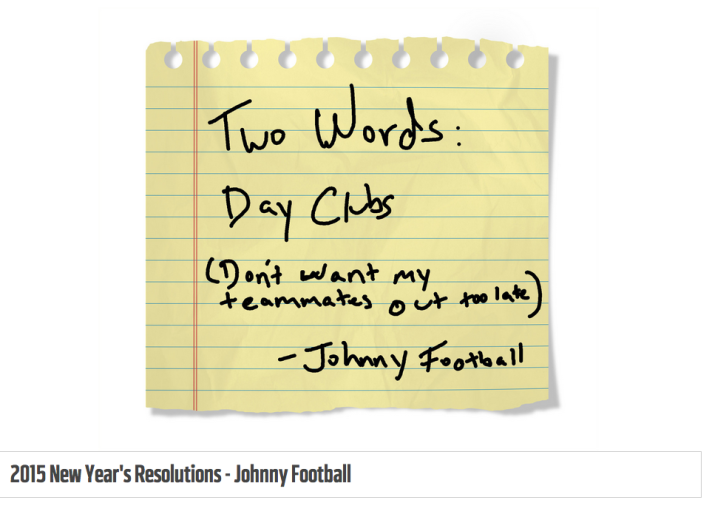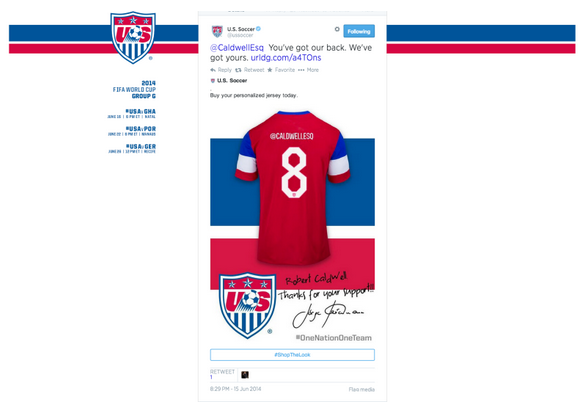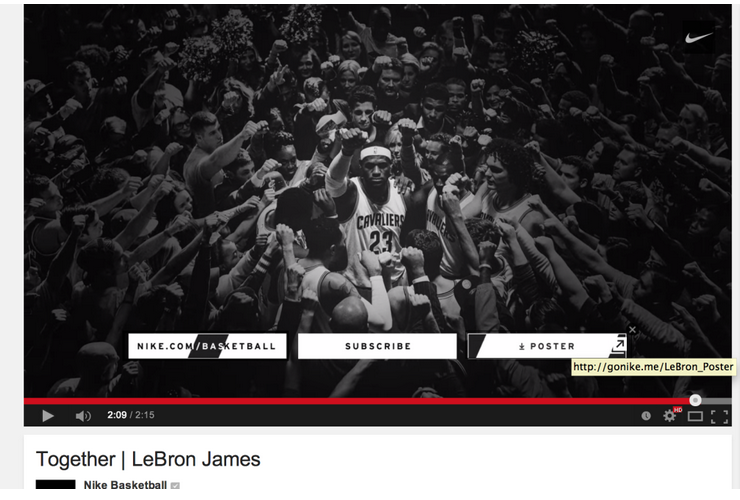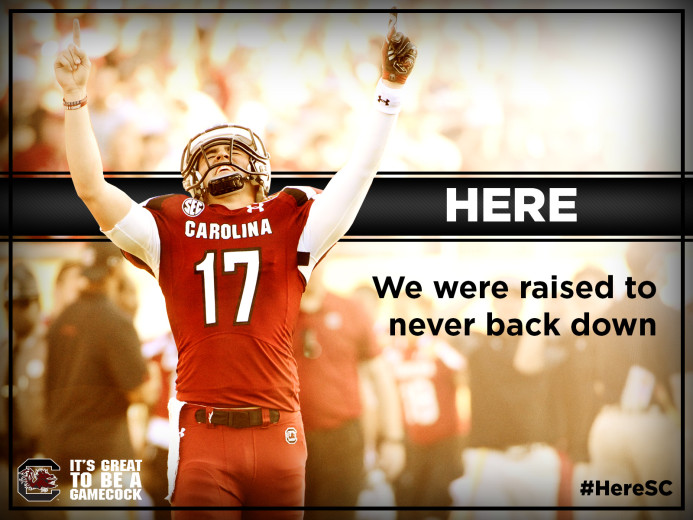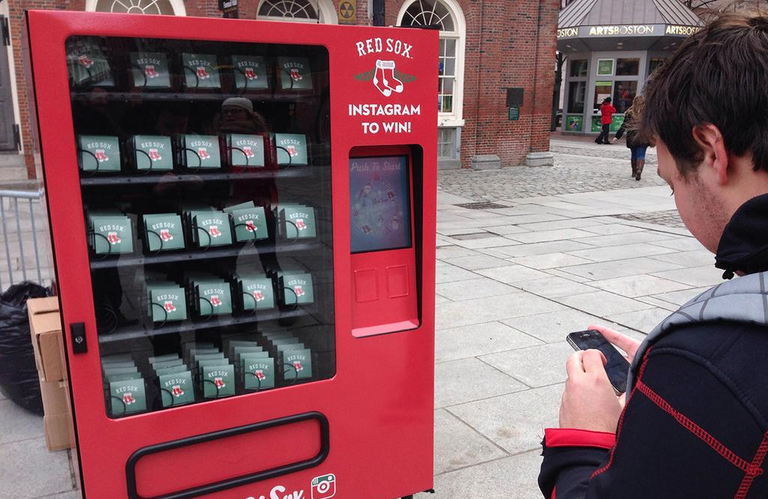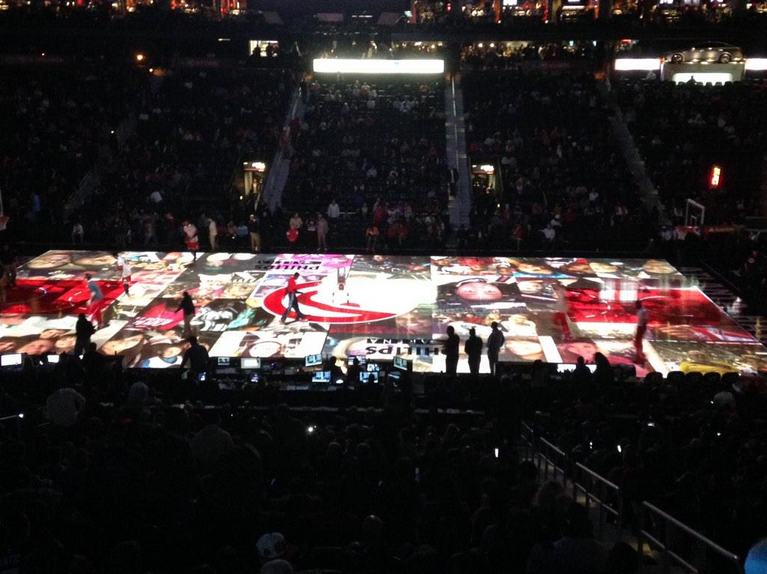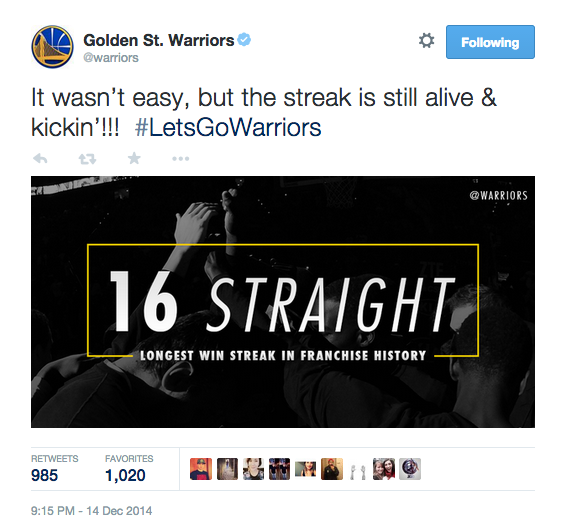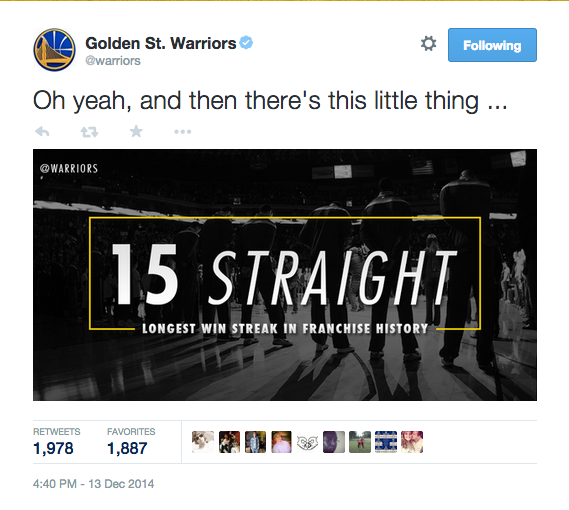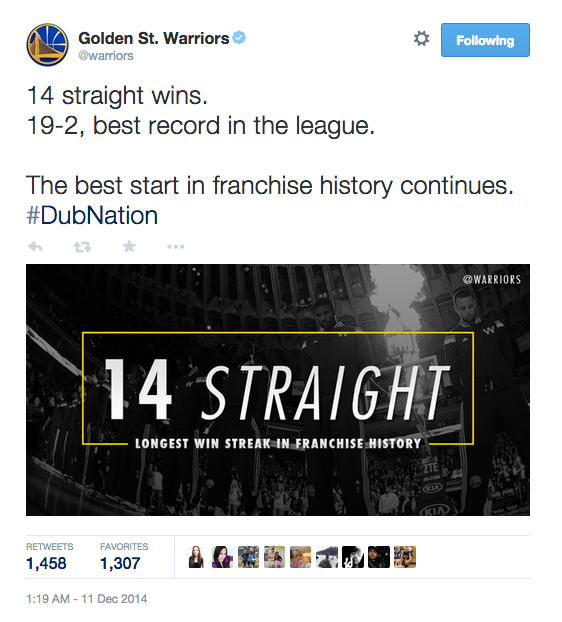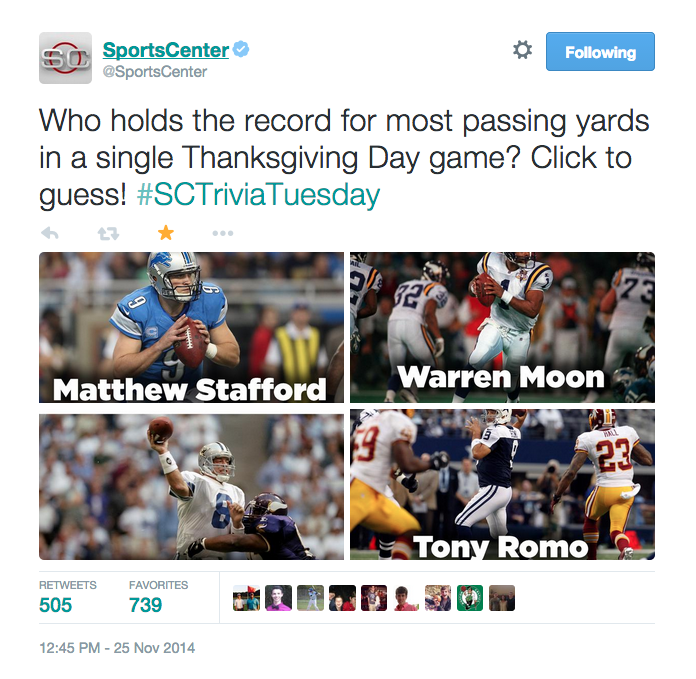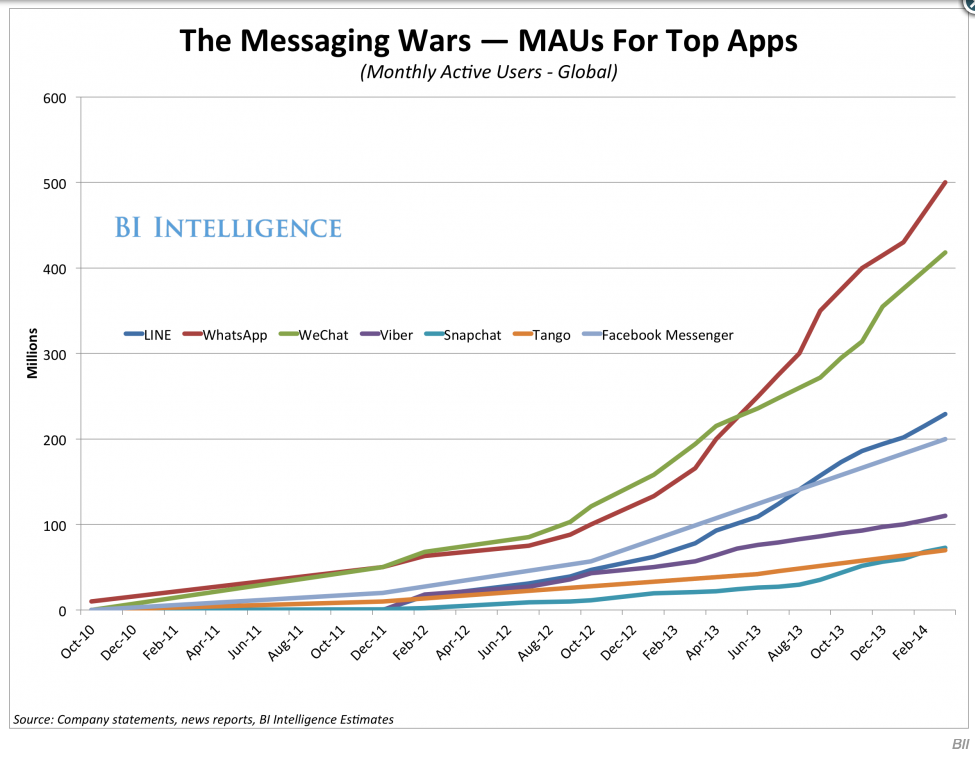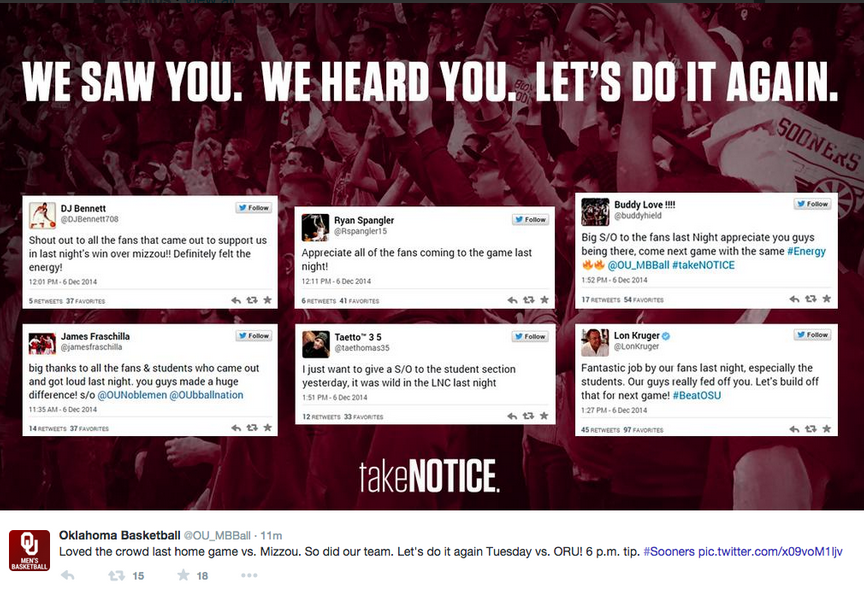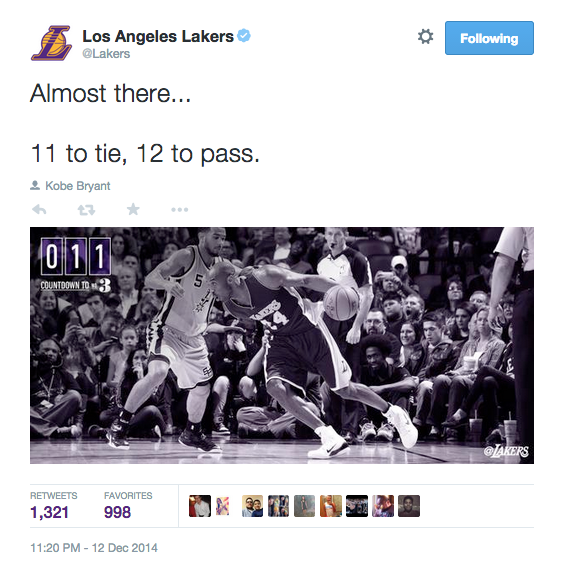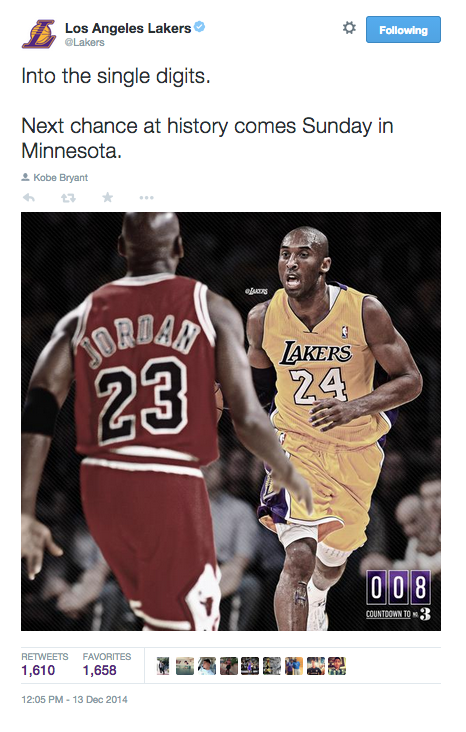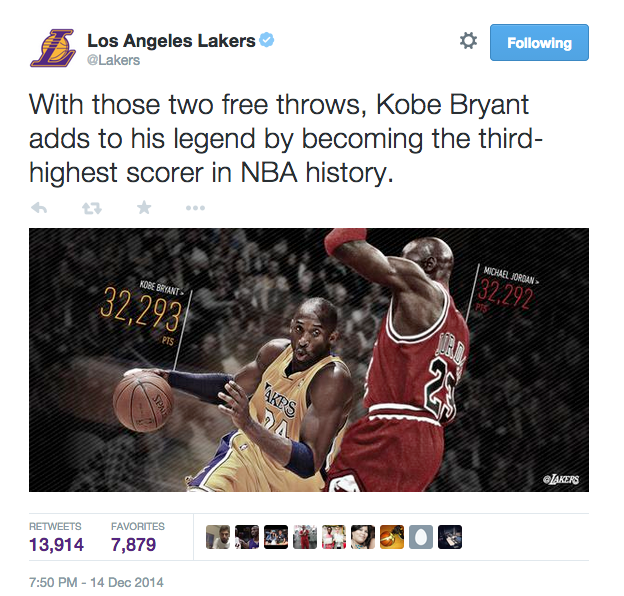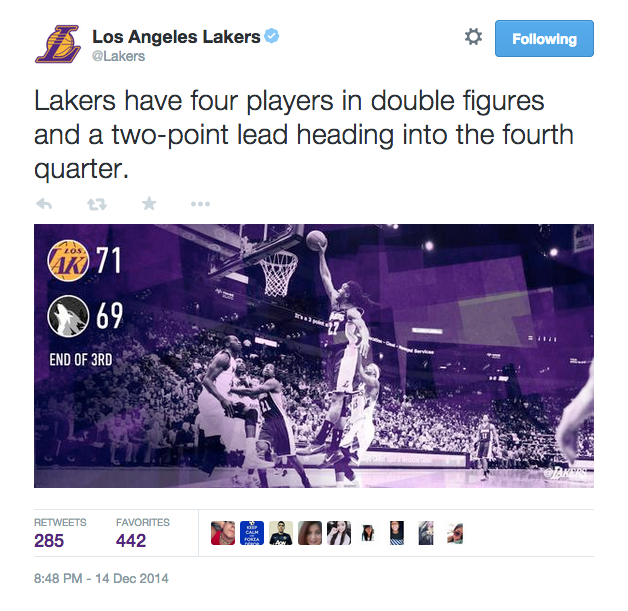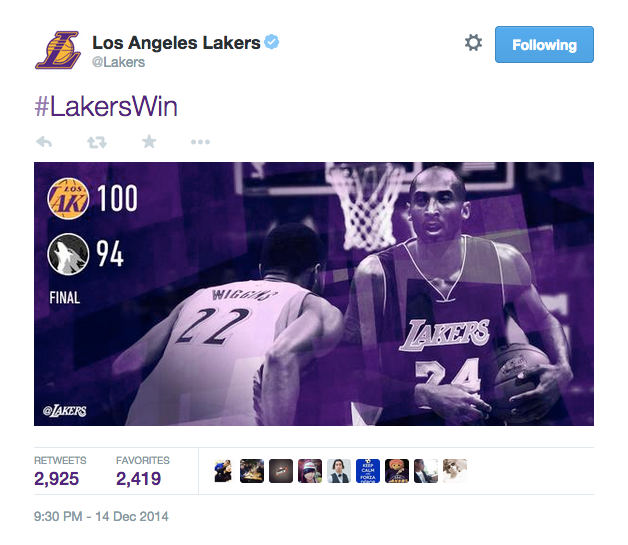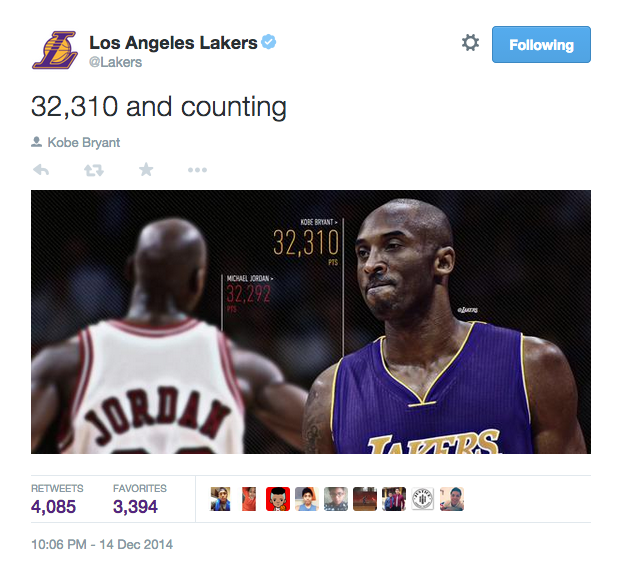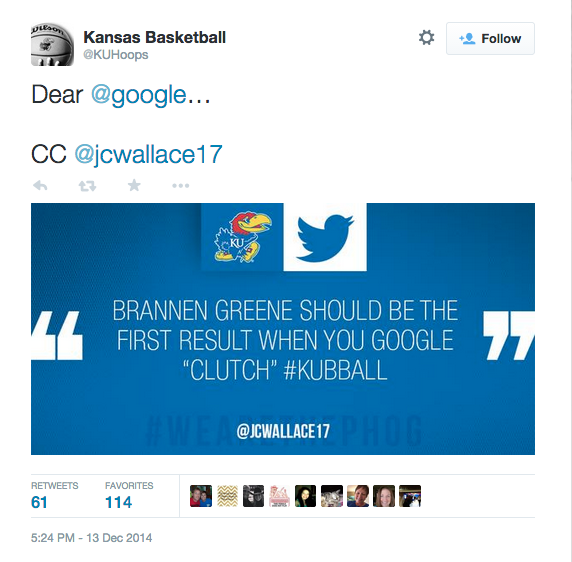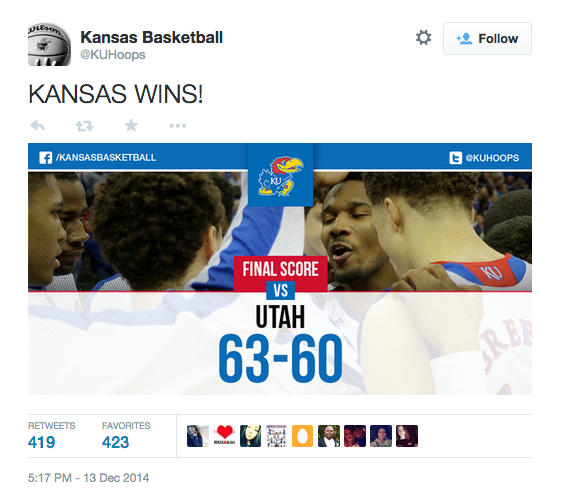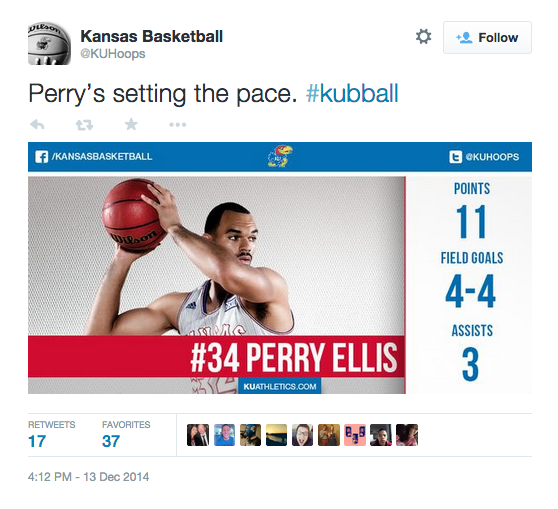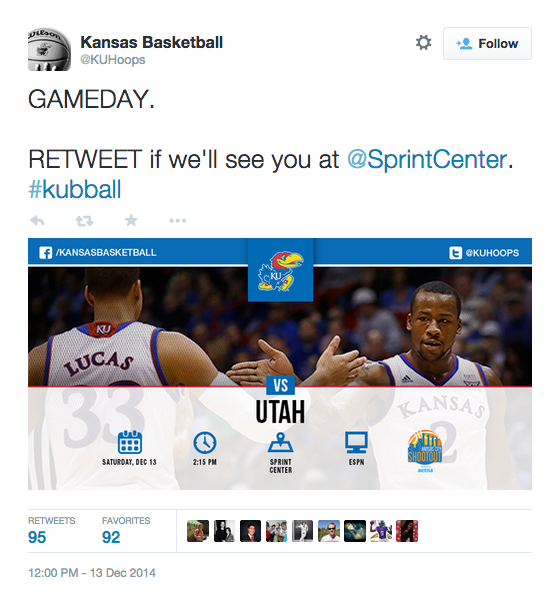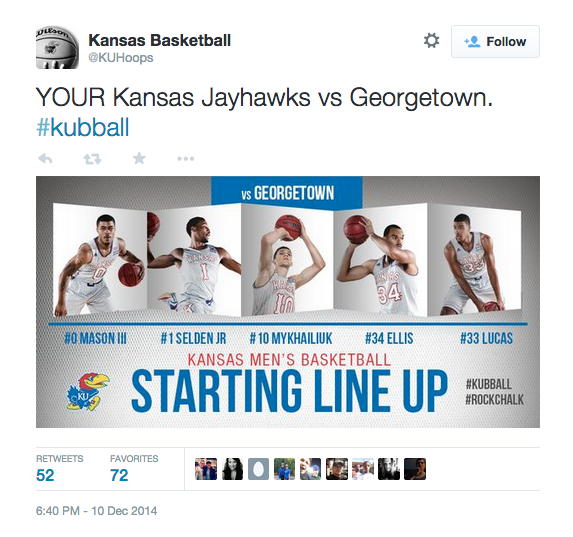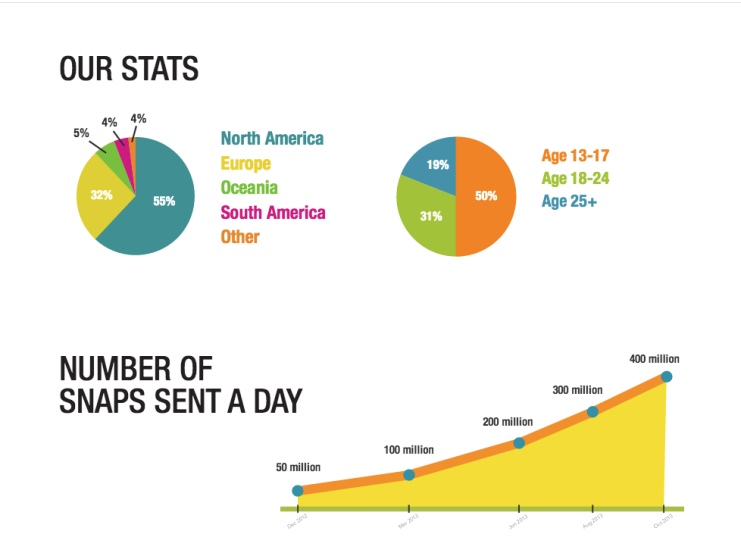The holiday season has come and gone. Now is a good time to look back at some of the creative ways teams, leagues and others in the sports industry got in the holiday spirit this year.
Before we tackle the examples though, I have a confession: I can be skeptical of holiday posts and hijacking. All too often it comes across and insincere (just a like-bait piece of content), adds noise and isn’t on brand. This year though, the sports industry found creative ways to get players involved, add personality to their content, etc. If you can do this— add a more personal touch to the content — I think there is value. What do I mean by this?
- Find a way to get players involved and showcase their personality. It’s a great opportunity to humanize the team.
- Focus on the copy. How can you tie it in to your team, past year or sport?
- Stay on brand.
- Make sure the content is useful or engaging. What emotion are you tugging at?
I’ve pulled both graphic examples and unique initiatives and highlighted them below. I realize you’ll have to wait awhile to put any ideas to action, but at least this will serve as a good bookmark when you starting planning. Here’s to finding some holiday content inspiration.
No. 1- Holiday graphics.
Of course many teams wished their fans a happy holiday season and great New Year through graphics. Here’s a gallery of just a few examples.
No. 2- Countdown to the New Year . Washington Huskies
Washington counted down their top 14 moments of 2014 across their platforms. Each day they featured a new moment and graphic. Countdown series like this one are a great way for teams and leagues to ring in the New Year.
No. 3- Bad Gift Exchange . Tampa Bay Lightning
We’ve all had bad gifts, right? Tampa Bay Lightning decided to have a little fun with bad gifts and offer to exchange fans’ gifts for Bolts gear. It’s such an easy and smart way to engage, while tying in the holidays and your team.
Until 1 p.m. ET, tweet us your worst Christmas gift and we'll replace a few with Bolts gear! Bonus points for pics. pic.twitter.com/23F8j9AqMv
— x – Tampa Bay Lightning (@TBLightning) December 26, 2014
No. 4- Poem Reciting . MLB Teams
A few MLB teams decided to recite a holiday favorite, “T’was the Night Before Christmas”. It all started with this tweet:
‘Twas the night before Christmas, when all through the house… pic.twitter.com/DjoTpg2WlW
— Philadelphia Phillies (@Phillies) December 24, 2014
From there, the Reds joined in:
.@Phillies Not a creature was stirring, not even a mouse. pic.twitter.com/QhmYYXTV3L
— Cincinnati Reds (@Reds) December 24, 2014
And it kept going and going. Twenty-two tweets later, the full poem was recited. View it here. This is a great example of how teams and leagues can band together in a friendly fashion. Fans love this type of engagement too.
No. 5- Sweet Christmas Story . Grimbsy Town FC
This video is a great example of storytelling from a team. It taps into the holiday spirit and fandom. It’s also very different from most of the holiday messages we see from teams.
No. 6- Christmas Album . Ravens
The Baltimore Ravens had fun with their players and created a fake Christmas album. The tweet featuring the link garnered more than 400 retweets and the video got traction from several media outlets. It’s a great example of humanizing your team through cheesy perfection.
We've got just the gift for you – the Baltimore Ravens Christmas album: http://t.co/6QWFuS7jLb pic.twitter.com/jIIGtlyh8f
— Baltimore Ravens (@Ravens) December 23, 2014
No. 7- Holiday Card . Oklahoma Sooners
This is another example of unique holiday video content. The Oklahoma Sooners created a holiday card featuring student-athletes and their off-the-field talents. This is is a great way to showcase your players / student-athletes in a different light (again, humanizing).
No. 8- Curated Tweets . MLB
Fans and players can tell a powerful story for you. The MLB recognized this and took to Twitter to curate holiday tweets from players in the league. The result is an awesome glimpse into the world of MLB players and how they celebrate the holiday season with loved ones:
If you want to curate tweets from players, fans, student-athletes, etc. like the MLB did, then Storify is a great option. Twitter also lets you create custom timelines.
No. 9- Spoof Resolutions . NFL
The NFL had some fun and created faux New Year’s resolutions for players across the league. This isn’t a labor intensive piece of content, but it does requite some creativity. The results are pretty funny.
No. 10- Yearly Data . Nike+
Nike has a strong community of people logging miles and workouts through their applications. As a result, they have a lot of data on their consumers and community. They crated a video to celebrate all the success of their community this year called “Outdo You”. The video is a fun look back at 2014, but also a look ahead to 2015. It’s something anyone in sports biz could replicate as there’s data all around:
So there you have it. Ten examples of how teams and leagues championed their holiday spirit this season. Hopefully something will serve as inspiration to you!
Do you have a favorite graphic or initiative from this holiday season? Be sure to share it below!
Thanks for reading!
